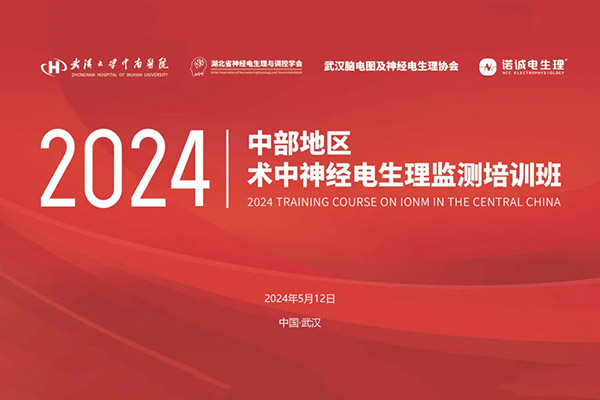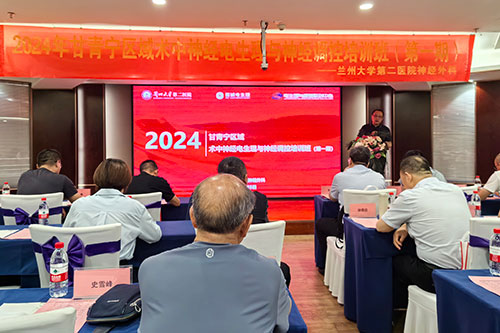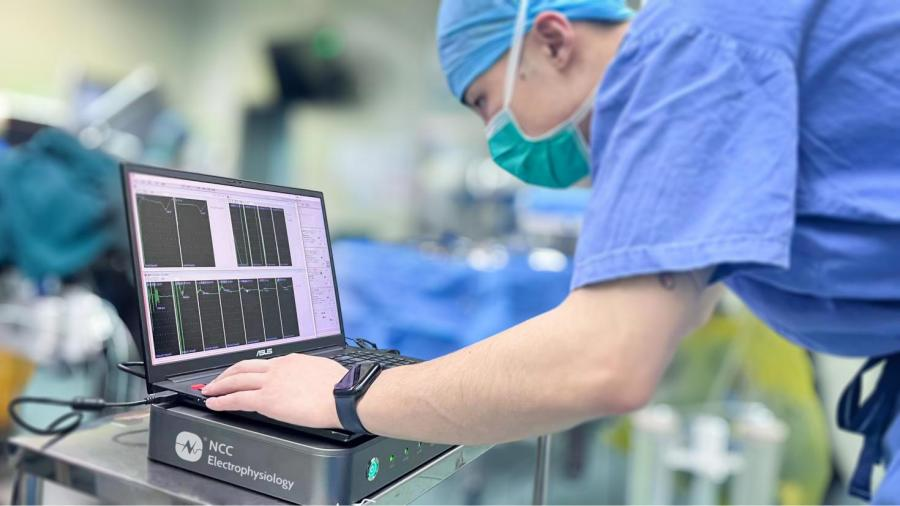"Shanghai Innovation Medical Device Application Demonstration Project 2023" - The first phase of the "Intraoperative Nerve Stimulation Monitoring Device Application Demonstration Project" concluded successfully
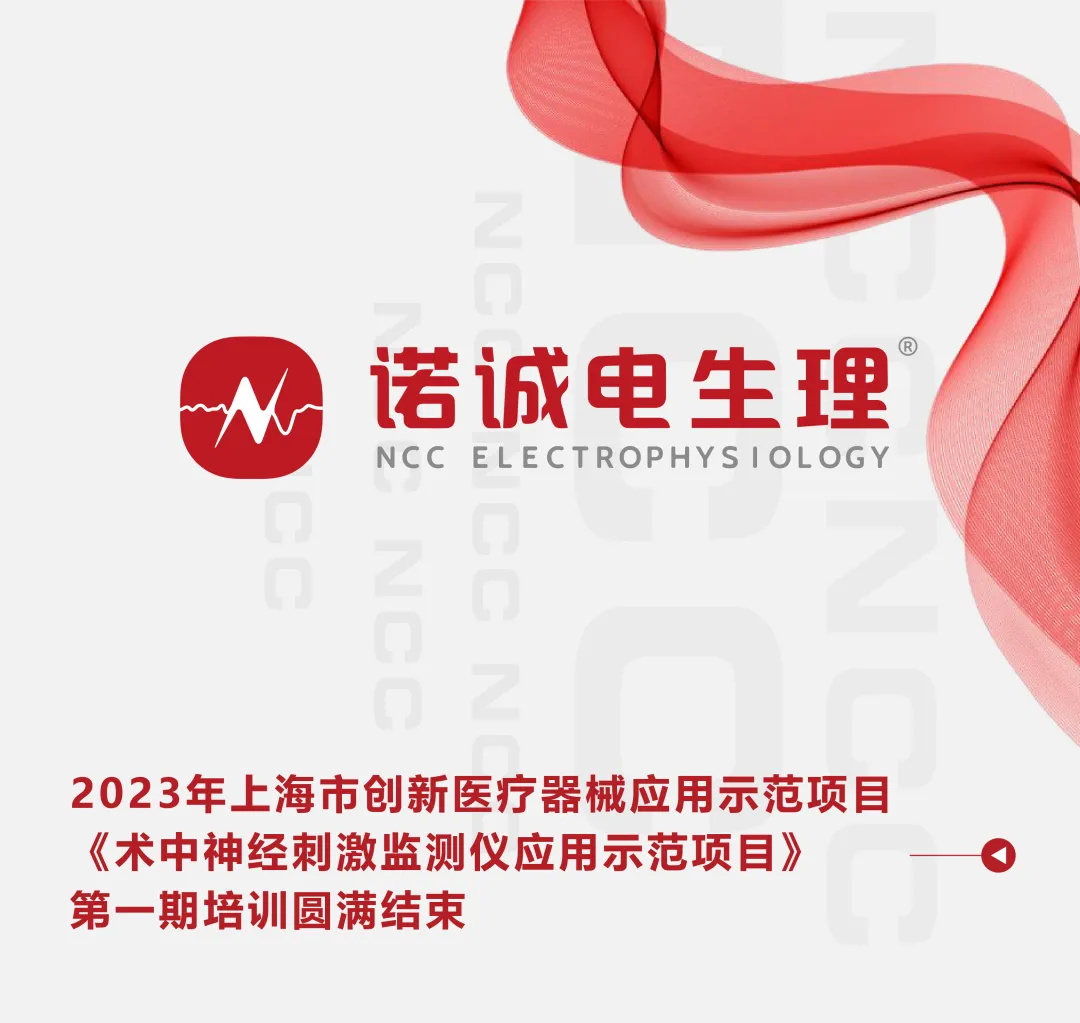
On the afternoon of May 26, 2024, the first phase training session of the "Intraoperative Nerve Stimulation Monitoring Device Application Demonstration Project" under the "2023 Shanghai Innovation Medical Device Application Demonstration Project," hosted by the Department of Thyroid and Breast Surgery at Zhongshan Hospital, Fudan University, and co-organized by the Shanghai Joint Electrophysiology and Rehabilitation Technology Innovation Research Center and Shanghai InnoCare Electronics Co., Ltd., was successfully held in Room 211 of Building 5 at Zhongshan Hospital.
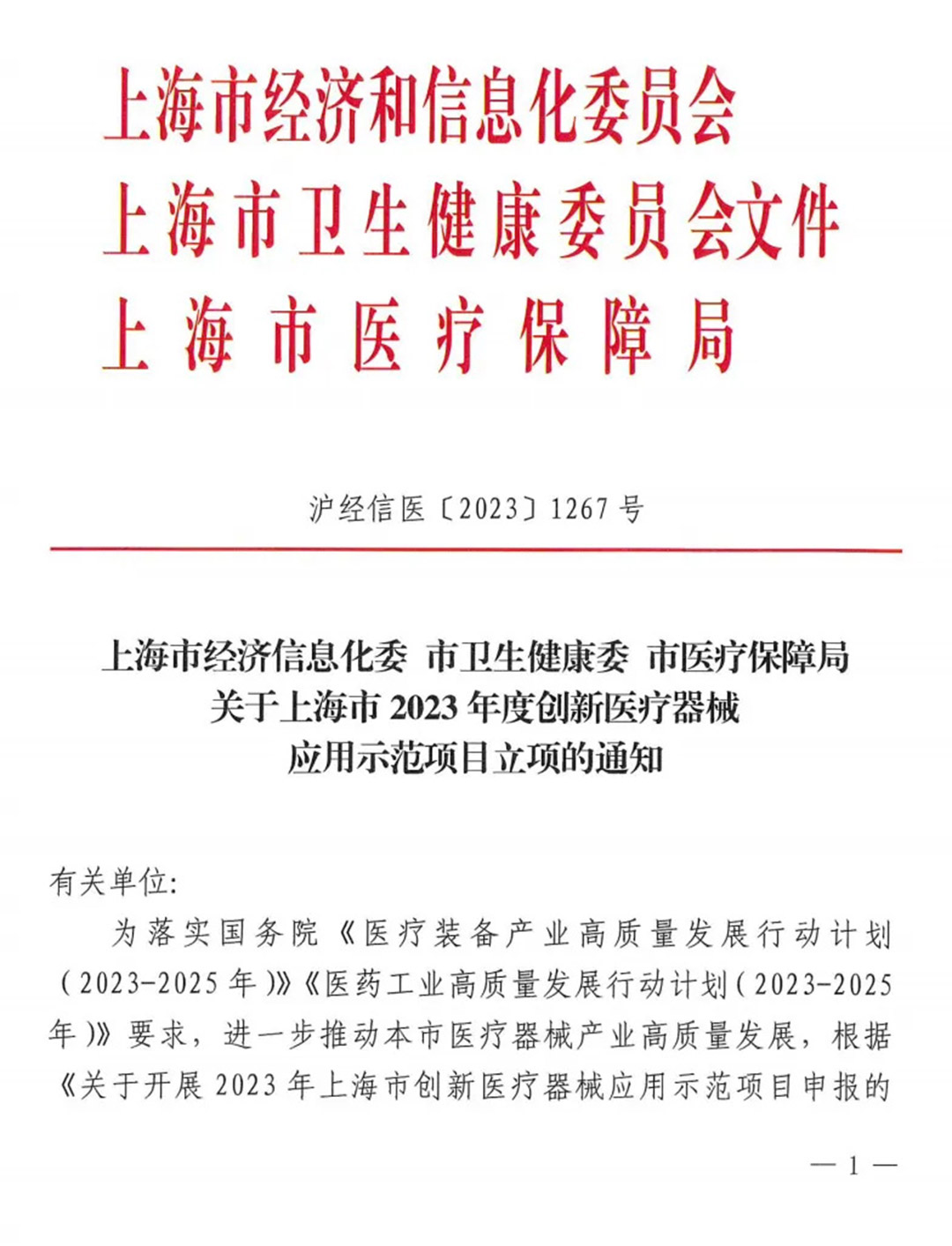
During the event, experts and professors shared rich clinical experiences and the latest research advancements, focusing on the anatomy and protection of the recurrent laryngeal nerve. Through in-depth discussions, clinical physicians' understanding and surgical skills regarding the recurrent laryngeal nerve were further enhanced, aiming to provide better care for patients' health.
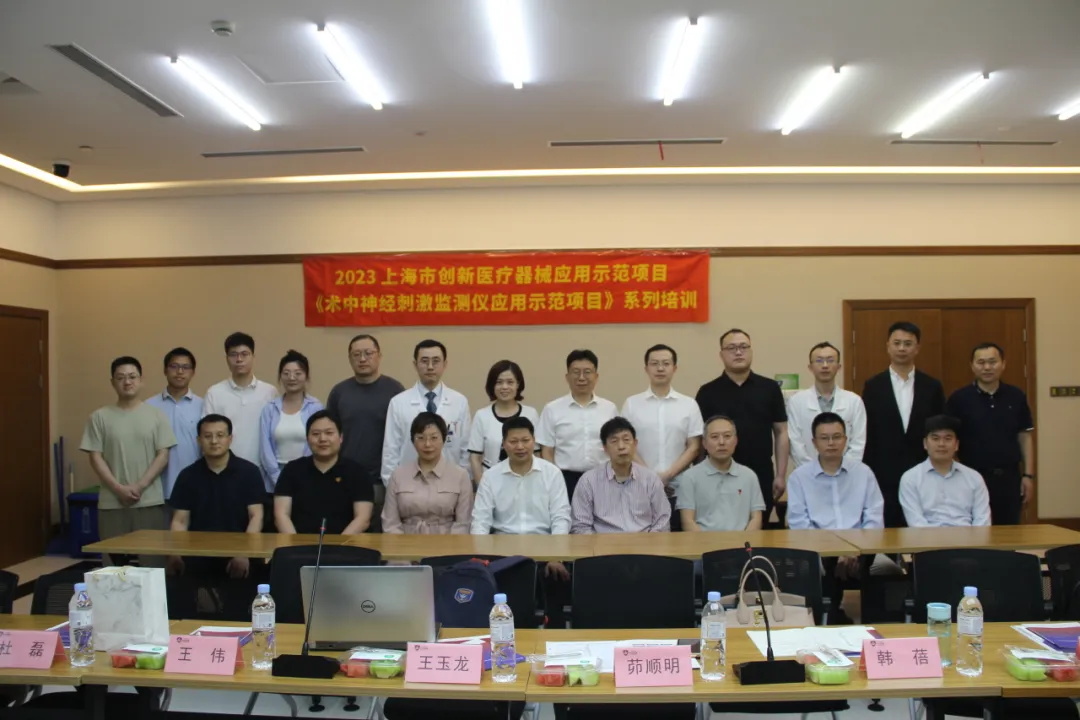
The opening session of the training was chaired by Professor Li He from the Department of Thyroid and Breast Surgery at Zhongshan Hospital, Fudan University. Director Aizhilong Ai delivered the opening speech, extending a warm welcome to the attending experts and scholars, and provided an overview of the project's progress.
The first half of the training, moderated by Professor Zhu Chenfang from the Department of General Surgery at the Ninth People's Hospital of Shanghai, focused on the anatomy of the recurrent laryngeal nerve and protective strategies during open and endoscopic surgeries. Professor Aizhilong Ai's presentation titled "Anatomy and Protection of the Recurrent Laryngeal Nerve in Open Surgery" delved into the anatomical basis of medical practice, providing insights into effectively protecting the recurrent laryngeal nerve during open surgery, along with valuable personal experiences. Professor Guo Bomin from the Department of General Surgery at the Sixth People's Hospital of Shanghai Jiao Tong University presented on "Anatomy and Protection of the Recurrent Laryngeal Nerve in Endoscopic Surgery," drawing from his own practical experience and discussing precise identification and protection of the recurrent laryngeal nerve in endoscopic surgery.
The second half of the training, moderated by Professor Wang Zhuoying from the Department of Head and Neck Surgery at Renji Hospital, Shanghai Jiao Tong University School of Medicine, focused on nerve injury repair. Professor Wang Yulong from the Department of Head and Neck Surgery at the Affiliated Cancer Hospital of Fudan University presented on "Repair Techniques for Intraoperative Recurrent Laryngeal Nerve Injury," introducing innovative repair methods for intraoperative recurrent laryngeal nerve injuries and detailing the process of sharing and promoting this "Chinese technique" in academic exchanges both domestically and internationally. Professor Wang Wei from the Department of Otolaryngology, Head and Neck Surgery at the First Affiliated Hospital of Naval Medical University presented on "Repair of Recurrent Laryngeal Nerve Injury after Thyroid Surgery," sharing profound understanding and rich practical experience in repairing recurrent laryngeal nerve injuries after thyroid surgery. His breakthrough methods in neural functional recovery sparked extensive academic discussions among participants.




Intraoperative nerve monitoring technology, likened to a "backup radar" during thyroid disease surgeries, effectively safeguards the function of the recurrent laryngeal nerve. It significantly enhances surgical safety and quality while greatly reducing the risk of surgical complications. Through the successful implementation of this project, we aim to promptly establish a cycle of "application demonstration - feedback improvement - skill enhancement - widespread dissemination."
This equipment, developed over a decade, is the first domestically produced product in this application field to obtain Class III medical device registration in China, marking a breakthrough in domestic production and breaking the import monopoly. The project team plans to use this equipment's clinical application to break through traditional monitoring modes, establish an advanced monitoring method application system, and promote the clinical standardization and normalization of this technology. This will significantly improve clinical diagnosis and treatment efficiency. The manufacturing enterprise will optimize product iterations based on clinical feedback, ensuring the consolidation and guaranteeing the implementation of innovative achievements. This will establish a global barrier to innovation, empowering China's manufacturing sector to reach new heights in innovation.
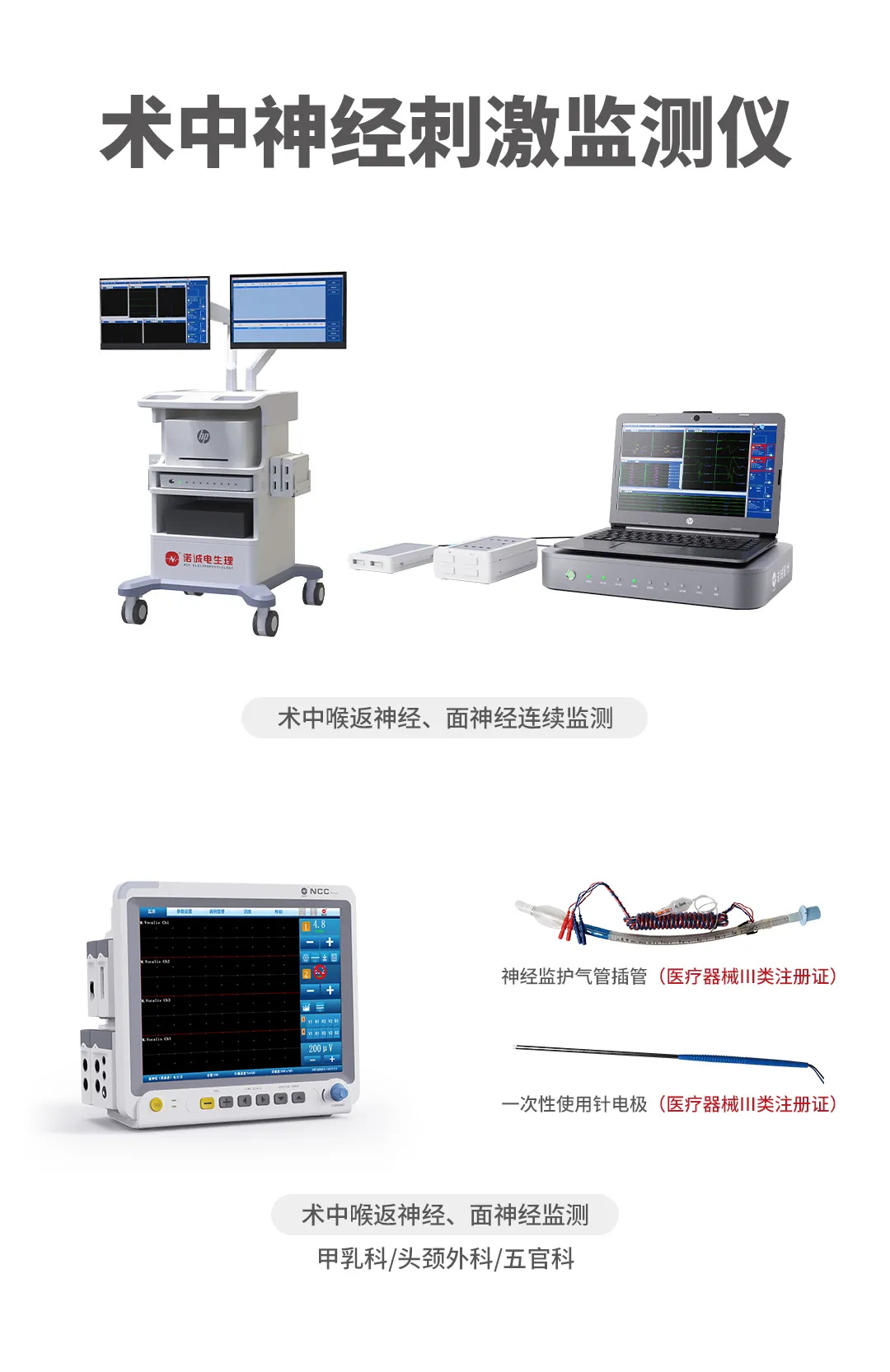

 中文
中文 Arabic
Arabic Spanish
Spanish Hindi
Hindi French
French Indonesian
Indonesian Portuguese
Portuguese Persian
Persian Russian
Russian Korean
Korean German
German Vietnamese
Vietnamese Turkish
Turkish

